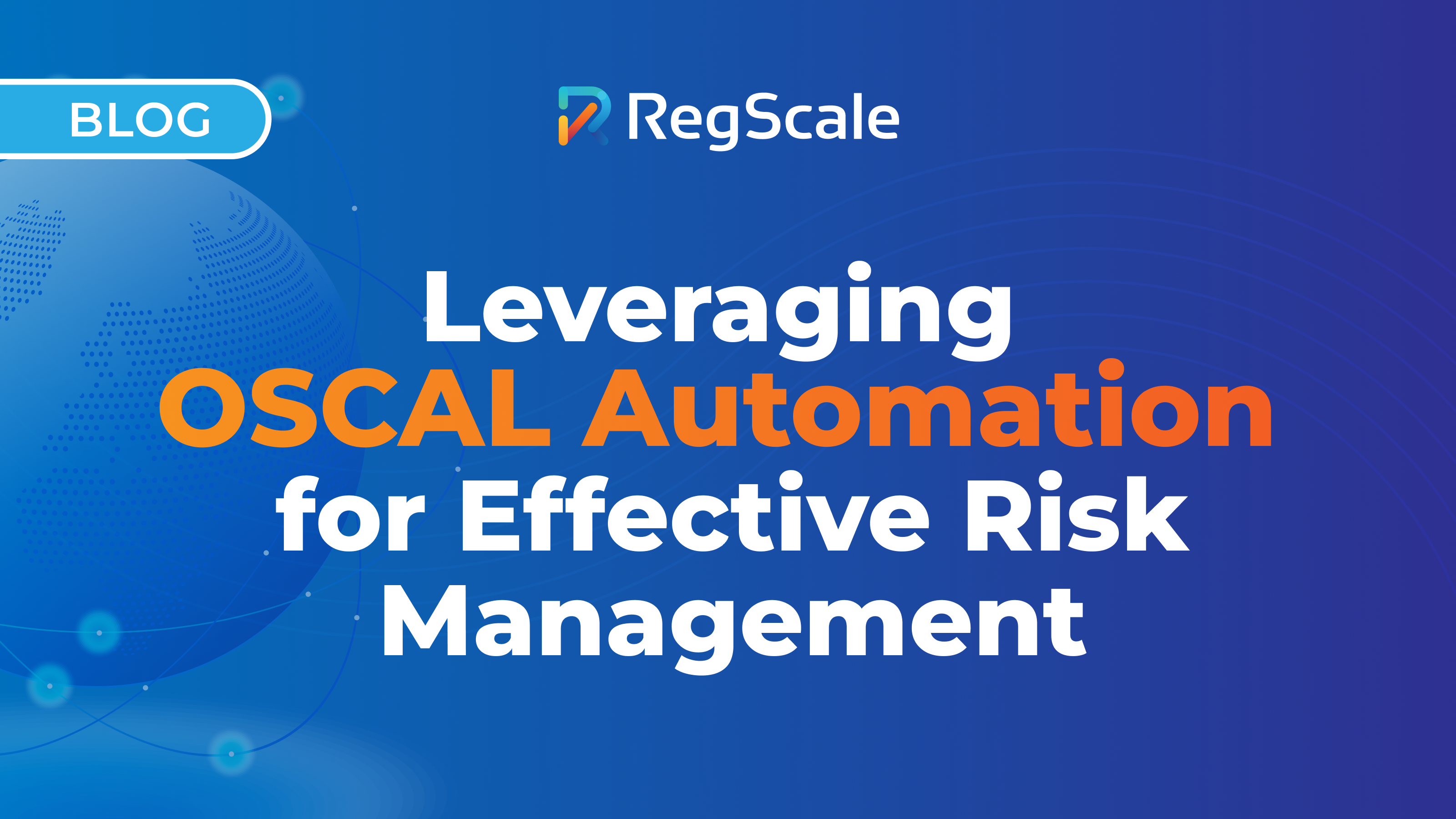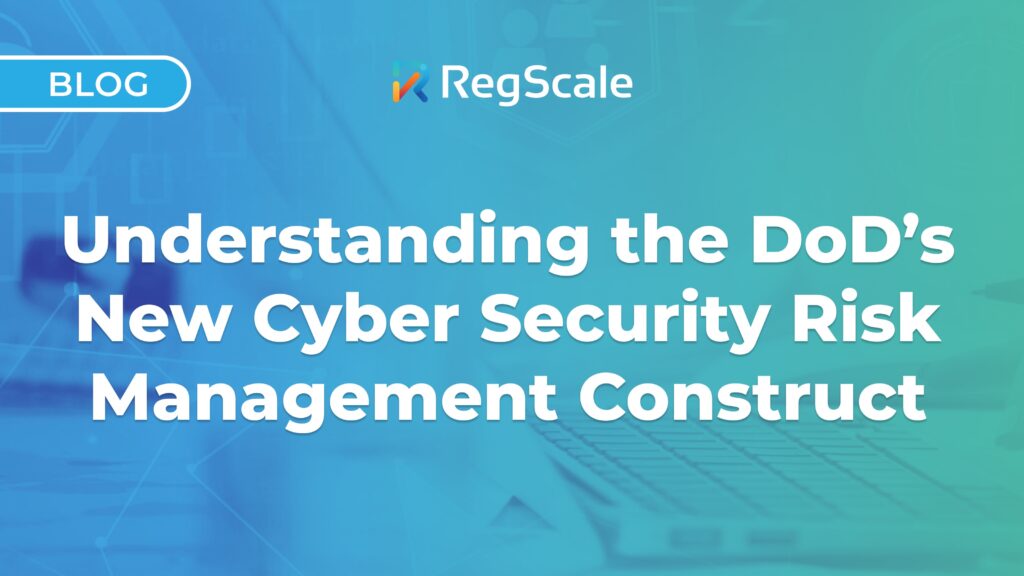Streamlining Compliance: Leveraging OSCAL Automation for Effective Risk Management

Navigating FedRAMP compliance complexities is growing more challenging by the day. The use of automation in everyday activities has become a necessity for security professionals. During a fireside chat at Coalfire’s RAMPCon event on June 25, 2024, industry experts Dale Hoak, Director of Information Security at RegScale, and Charles Johnson, Vice President of Solution Architecture at Coalfire, shed light on how to drive compliance excellence through OSCAL-compliant automation for POAMs, SSPs, SAPs, and SARs.
Understanding OSCAL:
A Foundation for Compliance Automation
What is OSCAL?
Charles Johnson kicked off the discussion by asking, “What is OSCAL, and why was it developed?” Dale Hoak explained that OSCAL, or Open Security Controls Assessment Language, is a standardized, machine-readable language created by NIST. It was designed to automate and streamline security assessments, authorizations, and continuous monitoring processes. The primary goal is to address inconsistencies in security documentation and enhance automation and interoperability across various compliance frameworks.
The Power of OSCAL in Compliance Processes
Interoperability and Efficiency
One of OSCAL’s standout benefits is its ability to facilitate interoperability between different security assessment tools and real-time machine to machine data exchange. As Dale noted, “When you can put everything into a single system and everyone is working off the same sheet of music, it makes it much easier to quantify risks and your issues.” This standardization allows various tools and platforms to easily exchange and interpret security information, ensuring consistent documentation and assessment processes.
Enhancing Authorization Processes
OSCAL significantly improves the FedRAMP authorization process by standardizing security controls and assessments documentation. This leads to more efficient and consistent security assessments, reducing the time and effort required for authorization. Similarly, OSCAL plays a vital role in StateRAMP and DoD CC SRG compliance processes by providing a machine-readable format for documenting and assessing security controls, thus streamlining compliance evaluations and supporting stringent security requirements.
Integrating OSCAL with Advanced Technologies
The Role of Continuous Controls Monitoring (CCM)
OSCAL is an important element of RegScale’s CCM platform. The platform leverages OSCAL to streamline and automate regulatory compliance processes. Dale highlighted how RegScale automates the FedRAMP process through templates, workflows, and automated documentation generation for the System Security Plan (SSP) and Security Assessment Plan (SAP). It also integrates with continuous monitoring tools to maintain ongoing compliance.
RegScale and AI Integration
Dale also emphasized the importance of combining OSCAL with AI through RegML for data validation: “OSCAL is only part of the solution – it’s going to validate the format of your data. Using AI via RegML will validate what’s in the data.” This integration enhances the accuracy and reliability of compliance data, ensuring thorough and precise assessments.
Overcoming Challenges and Maximizing Benefits
Initial Adoption and Training
Adopting OSCAL can present challenges, such as the initial learning curve and the need for tool integration and customization. However, with adequate training and support from vendors, organizations can successfully implement OSCAL and reap its benefits.
Automation and Risk Management
Dale’s comment, “Let the machine do the hard work so the human can do the nuanced work they need to do to manage risk,” encapsulates the essence of compliance automation. By leveraging OSCAL-compliant automation tools like RegScale, organizations can focus on managing nuanced risks while automating repetitive and time-consuming tasks.
OCSAL Next Steps
The fireside chat at RAMPCon 2024 provided valuable insights into driving compliance excellence through OSCAL-compliant automation. By integrating OSCAL with advanced technologies like AI and leveraging platforms like RegScale, organizations can achieve efficient, consistent, and accurate compliance processes. As regulatory landscapes continue to evolve, embracing automation and standardization will be key to maintaining compliance excellence. Schedule a demo to see OSCAL in action.
Ready to get started?
Choose the path that is right for you!
Skip the line
My organization doesn’t have GRC tools yet and I am ready to start automating my compliance with continuous monitoring pipelines now.
Supercharge
My organization already has legacy compliance software, but I want to automate many of the manual processes that feed it.
